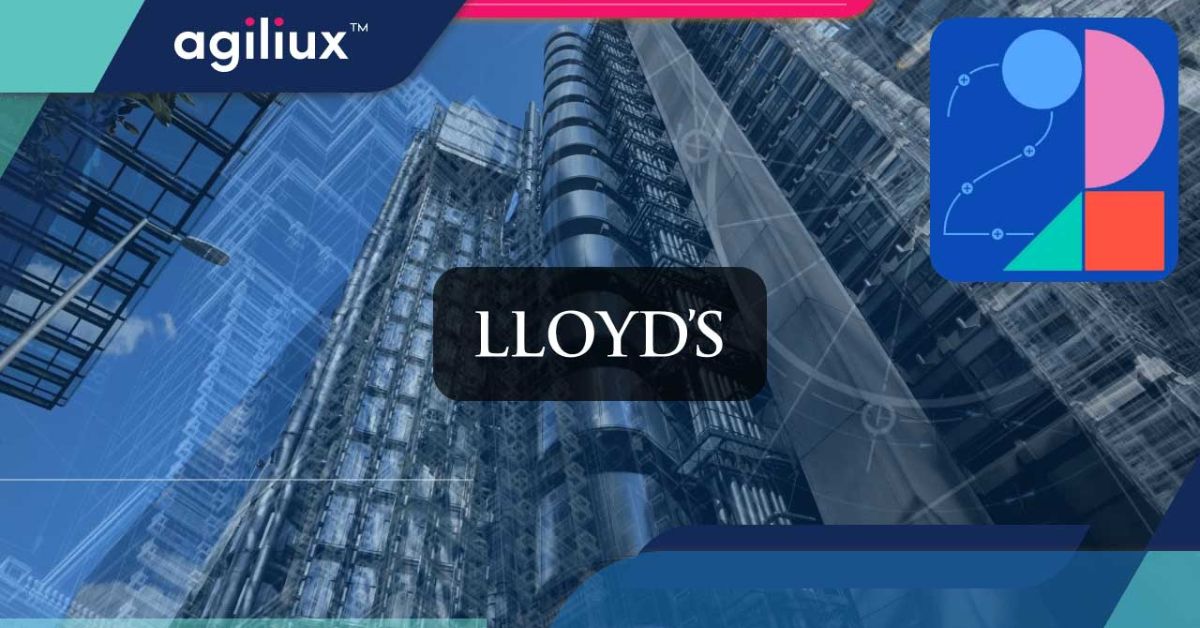Unveiled in 2020, Lloyd’s of London Blueprint Two (BP2) upgrade will be released in two phases – July 2024 and April 2025, stands as a transformative initiative aiming to digitise the United Kingdom (UK) insurance market. Before understanding the possible impact of Blueprint Two (BP2) upgrade on the UK insurance industry there are so many questions that should be answered to have a holistic understanding about the Lloyd’s BP 2 upgrade. In this article, we will discuss all the relevant information in detail and find answers to the below questions.
| 1 | Why Lloyd’s of London planned to have this upgrade? |
| 2 | Why Lloyd’s of London delayed the second phase? |
| 3 | 10 points checklists to check whether your system is fully compliant with the new upgrade |
As a part of UK insurance industry since last so many years I have not witnessed any event having a huge impact on millions of people. Before writing this article, we have gone through official website of Lloyd’s of London and studied numerous other articles published on Lloyds new upgrade to summarize few important details in this article. After reading this article, you will get enough value and if you have any questions, please reach out to us immediately and we will resolve all your queries. Let`s start
Why Lloyd`s of London decided to roll out Blueprint Two (BP2) upgrade?
Lloyd’s of London, a venerable star in the insurance galaxy, faces the cosmic winds of modernization. Fiercer competition demands faster, cheaper, and more efficient services, threatening to leave them adrift. But fear not, for Blueprint 2(BP2) emerges as a beacon of hope, guiding the London Market Joint Venture (LMJV) towards a brighter future.
BP2 upgrade paints a nebula of possibilities, transforming the insurance landscape:
- Lightning-fast placements: Digitization and automation become warp drives, propelling processes forward at breakneck speed, slashing turnaround times to mere stardust. Reduced costs become the Holy Grail, leading everyone – insurers, brokers, and policyholders – to a land of efficiency and affordability.
- Data-driven insights: A central platform acts as a galactic core, ensuring data quality, accessibility, and analysis. This empowers better risk assessment, pricing, and claims management, allowing them to navigate with the precision of a seasoned navigator.
- Seamless customer experience: Self-service options and streamlined communication become hyperspace lanes, making interactions with Lloyd’s a smooth journey. The customer voyage transforms from a bumpy asteroid field to a delightful, personalized experience.
- Adaptability to emerging risks: A flexible platform equips Lloyd’s to be a nimble starship, capable of weathering new and complex risks with agility. They become the galactic first responders, offering solutions efficiently and effectively, no matter the threat.
- Competitive edge: Modernization becomes the fuel that propels them forward, attracting and retaining top talent across the galaxy. This fuels future business opportunities, ensuring Lloyd’s remains a dominant force in a dynamic market.
However, the BP2 upgradevoyage isn’t without its asteroid fields. Stakeholders buy-in becomes crucial, requiring diplomacy and collaboration skills worthy of a seasoned ambassador. Complex integrations, akin to merging disparate star systems, demand meticulous planning and execution. Potential disruptions, like unexpected solar flares, need to be navigated with agility and resilience.
Why Lloyd’s of London delayed the second phase?
The strategic delay of phase two from October 2024 to April 2025 reflects a commitment to a smooth, turbulence-free journey. The Lloyd’s Market Association (LMA) requested more time for market adaptation, allowing everyone to adjust to the phase one changes smoothly. This focus on phase one stability ensures a solid foundation, minimizing the risk of cascading issues later.
The extended runway also allows for improved adoption and preparation. Market participants get more time to train their crew, adapt workflows, and integrate systems, leading to smoother adoption and utilization of new features. By reducing risk and complexity, the phased approach ensures a controlled environment for change, minimizing potential disruptions. Industry experts view the delay positively, recognizing it as a pragmatic move prioritizing project success.
Ultimately, BP2 upgrade represents a bold mission to future-proof Lloyd’s. By embracing fintech, open insurance, APIs, blockchain, and artificial intelligence, the initiative positions Lloyd’s at the helm of a transformative era. The success of BP2 hinges on collaboration and ongoing engagement with key stakeholders, including managing agents, brokers, and regulators. As the project unfolds, its impact will be closely watched by the entire insurance industry, eager to see how Lloyd’s charts a digital course for the future, leaving their mark on the ever-evolving insurance galaxy.
Let’s delve into a compliance checklist to ensure your systems are fully aligned with this upliftment. Remember, BP2 isn’t an isolated “upgrade” but a multi-phased digital transformation, so the approach needs to be holistic.
10 things you need to check to ensure whether your system is fully compliant with the new Lloyds blueprint 2 (BP 2) upgrade:
- Understand the Scope of Change: Clearly define the functionalities and processes impacted by Blueprint 2. This helps map out which systems need evaluation for compatibility and potential adjustments.
- Conduct a System Inventory: Create a comprehensive list of all relevant systems, including hardware, software, and applications. Assess their age, technical specifications, and compatibility with new technologies introduced by Blueprint 2.
- Data Migration and Integration Planning: Analyse how data needs to be migrated or integrated within Blueprint 2. Develop a detailed plan addressing data cleansing, conversion, and mapping between old and new systems.
- Security and Privacy Implications: Evaluate the potential security and privacy risks arising from Blueprint 2’s implementation. Ensure adherence to industry regulations and data protection standards.
- User Training and Adoption: Assess the training needs of system users affected by Blueprint 2. Develop training programs to familiarize them with new functionalities and workflows.
- Testing and User Acceptance: Conduct thorough testing of all impacted systems after implementing Blueprint 2. Involve key stakeholders in user acceptance testing to ensure smooth adoption.
- Communication and Change Management: Develop a comprehensive communication plan to inform all stakeholders about Blueprint 2 and its impact. Implement change management strategies to minimize disruption and resistance.
- Performance Monitoring and Optimization: Continuously monitor system performance after implementation. Identify and address any bottlenecks or issues that hinder optimal functionality.
- Regulatory Compliance: Ensure all systems and processes comply with relevant regulations before and after Blueprint 2 implementation.
- Seek Expert Guidance: Partner with Agiliux experts who understand Blueprint 2 and can provide tailored advice on system readiness and potential challenges.
Agiliux offers a game-changing solution, a scalable AI driven cloud software designed to transform your business, regardless of whether you’re a broker, bank (bancassurance), or agency. Empower your entire insurance journey with Agiliux’s secure cloud platform by digitizing your operations seamlessly, streamlining processes and boosting efficiency. Get data-driven insights for better risk assessment, pricing, and claims management. Deliver a frictionless customer experience with self-service options and improved communication. Operate with confidence knowing your data is securely protected in the cloud.
Remember, compliance is an ongoing process. By being proactive, adaptable, and continuously monitoring your systems, you can ensure your organization embraces the transformative potential of Lloyd’s of London Blueprint Two (BP2) upgrade while maintaining compliance with evolving regulations and industry standards.



